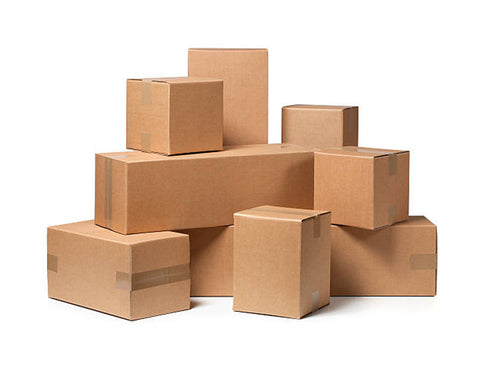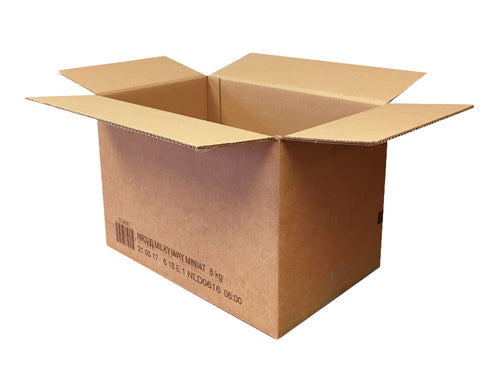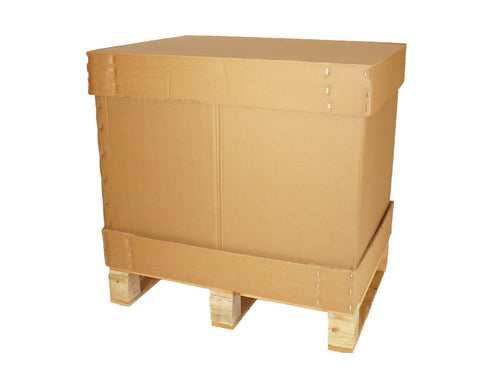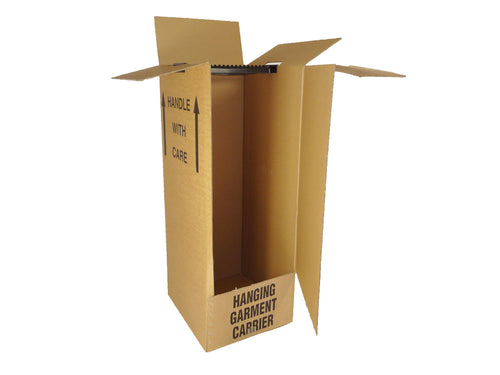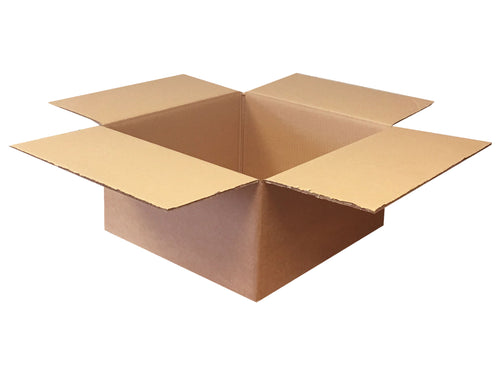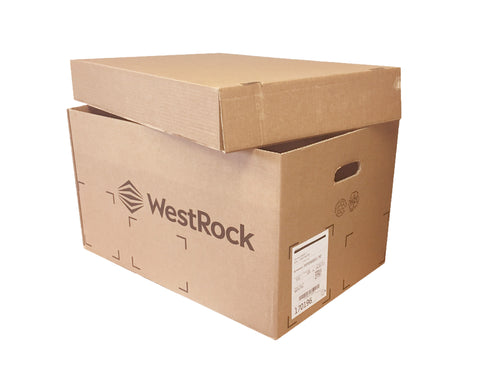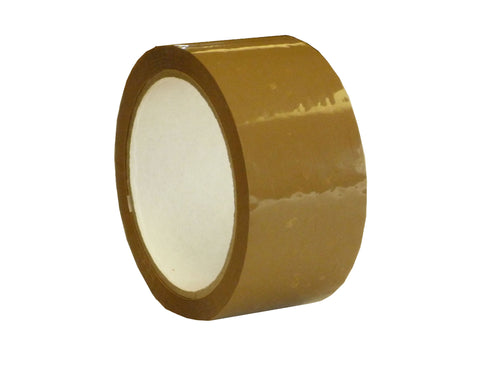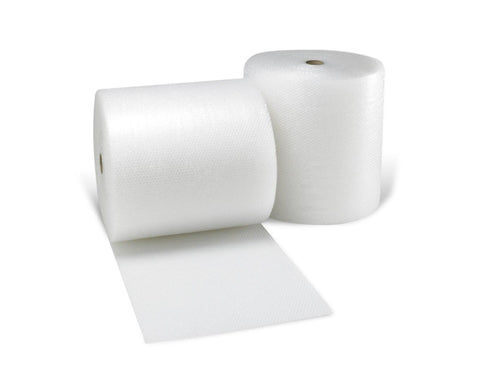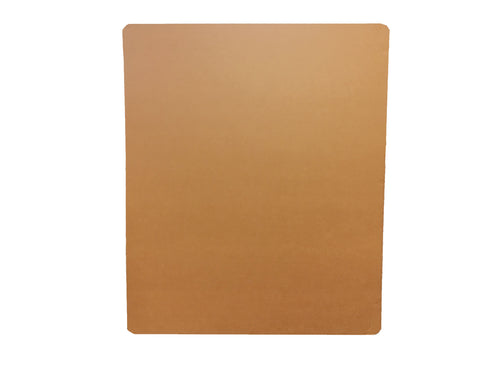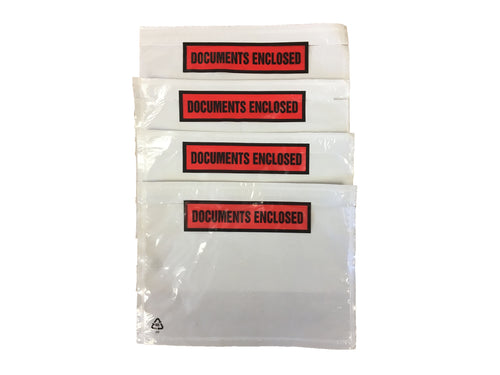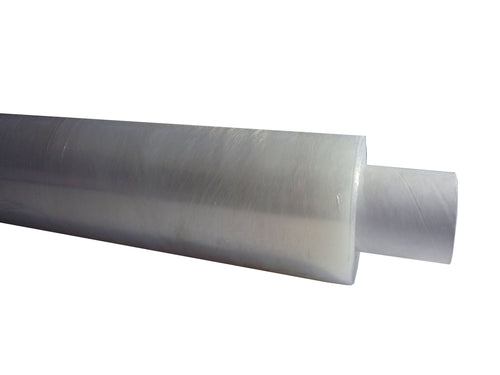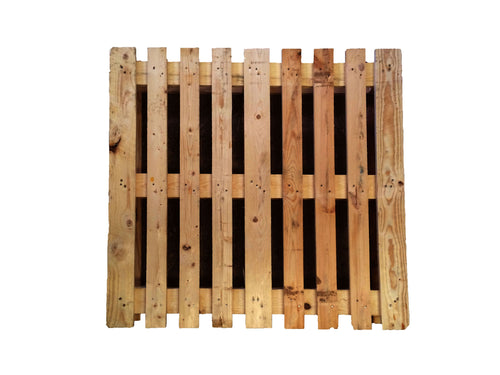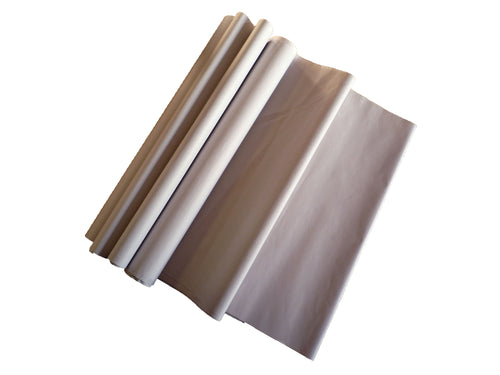Reduce, Reuse, Recycle: The 3 Rs of Recycling
| Edited:
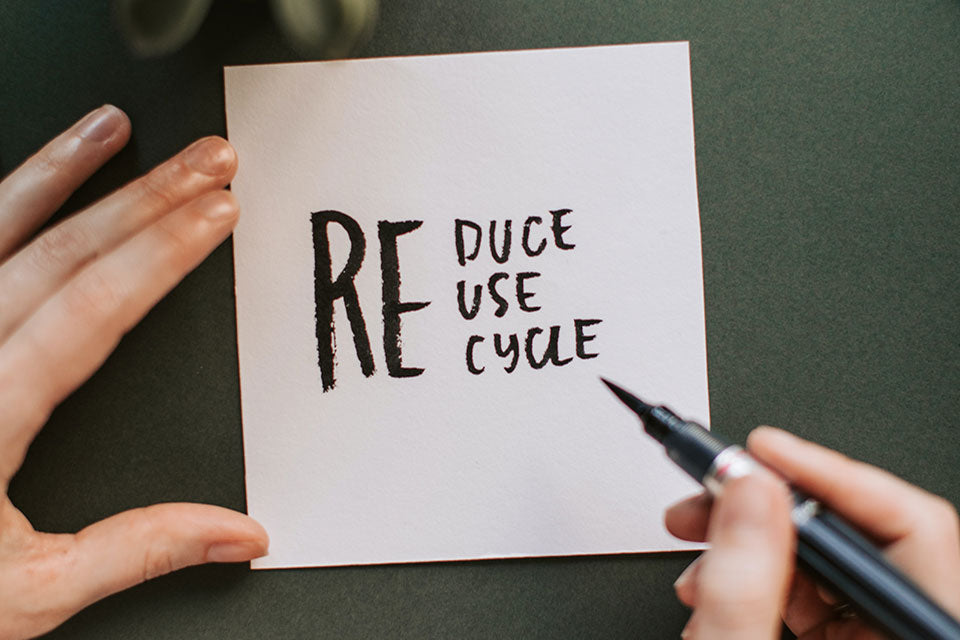
Reduce, reuse and recycle are known as the 3 Rs of recycling, with reduce being the first step when thinking about consumption.
It is a simplified version of the waste hierarchy which indicates an order of preference for dealing with waste: at the top (the best course of action) is usually prevention, then it's reuse, recycle, recovery, with disposal sitting at the bottom as the least desirable course of action.
Why should we reduce, reuse and recycle?
Resources on Earth are finite, and the pursuit of growth (i.e. consumption) above all else is not possible - see 'The impossible hamster'. This means that we must reduce our consumption first and foremost. When we have reduced as much as we can, we must aim to reuse what we have. That might mean buying better quality, longer-lasting items when we must buy them, or it could mean buying second-hand items or reusing what we already have at home or at work. Reuse is extending the life of a product or thing. Recycling is the final step - it's what we do when something is broken and unusable. This again points to owning better quality objects made from more sustainable materials in the first place and avoiding single use materials like some types of plastic. If an item cannot be recycled it is incinerated or put in landfill which produces pollution and is unsustainable. Waste is contributing to the climate crisis and we should reduce, reuse and recycle what we consume to do our bit for the planet.
Examples of reducing waste
At home it's surprisingly easy to reduce consumption and the packaging used in everyday items. For example when buying groceries, don't use a plastic bag for each item of fruit or veg - in fact don't use any plastic bags. Keep them loose in your basket, and add them to a cotton bag or bag for life at the end! This way you are both reducing and reusing! I've been doing this for years. Buying loose veg instead of items in plastic trays is another way to reduce consumption where possible but supermarkets don't make it easy for us. Buying local produce from independent retailers can be a good way to avoid unnecessary packaging. Riverford have created sustainable packaging from cardboard for fruits that require a container like blueberries. According to their website, 'Remove, Reduce, Reuse, Recycle is our mission'.
In the workplace slightly different. Companies are always looking to reduce costs, which means that processes are leaner - files are stored digitally far more than printed out these days for example. The main driver for reducing waste in a business setting has traditionally been the cost benefits. However, the rise of Corporate Social Responsibility (CSR) means that there's a greater awareness of environmental impact at least in medium to large businesses, and hopefully small businesses catch up soon. This means that intrinsic value is placed on processes that are less impactful on the environment.
Examples of reuse
At home there are plenty of examples of reuse. For example, many people keep cardboard boxes from online purchases and use them for posting gifts at a later date. Jam jars are saved for storage, pieces of wood are saved for DIY and milk bottle cartons can be cut and used to grow seeds. These are all examples of reusing and even repurposing items.
Mending and fixing things is also an example of reuse, whether it's sewing a hole in a sock, filing rust off an old tool or mending a frayed wire in an old lamp. The reuse mentality is looking at how we can extend the life of every item and not throw it away or recycle it before it's necessary.
There are companies like Sadlers whose whole business is focused on reuse - in this case they prevent cardboard boxes from being recycled before they've been used again. They push waste up the waste hierarchy, enabling companies to buy second hand packaging while it is in an excellent, reusable condition. Gavin Sadler, Manager at Sadlers Cartons says:
'Packaging provides one of the biggest opportunities for businesses to push waste up the waste hierarchy to reuse, and in particular, cardboard boxes which every product-based company uses. If a cardboard box can be reused then there is no reason why it should be recycled. Only when it's damaged should it be recycled.'
Examples of recycling
In the UK it's common practice for households to recycle plastic, paper, cardboard, aluminium and glass bottles. However, not all plastic can be recycled. Some supermarkets and smaller shops like Co-op offer soft plastic recycling facilities but sadly the containers are too small and often overflowing. This shows that there is demand from consumers to recycle plastic such as film lids, carrier bags and sweet wrappers. Once demand is high enough we expect to see soft plastic recycling availability to improve dramatically. Many household waste and recycling centres (HWRC) now offer specialist recycling for tetra-pak containers like those used for plant-based milks.
Businesses must arrange their own recycling collections and either use large well-established brands or more local waste companies to take away and recycle as much as possible. If you think your waste could be reused, always look at this option first.
Reduce Reuse Recycle poster
We have created two versions of a reduce reuse recycle poster which can be used in the classroom or at home.
Poster V1 (light) - download as pdf

Poster V2 (dark) - download as pdf

Summary
In this article we have looked at what reduce, reuse, recycle means and how to do it, by providing tips on what you can do to reduce, reuse, recycle at home or in the workplace. We've also provided posters for sharing to raise awareness of the principles.
-------------------------------

Author: Lauren Sadler | MSc Sustainable Development
Bio: Lauren is passionate about the circular economy and enjoys writing about packaging, business and sustainability - particularly zero waste and reuse.

